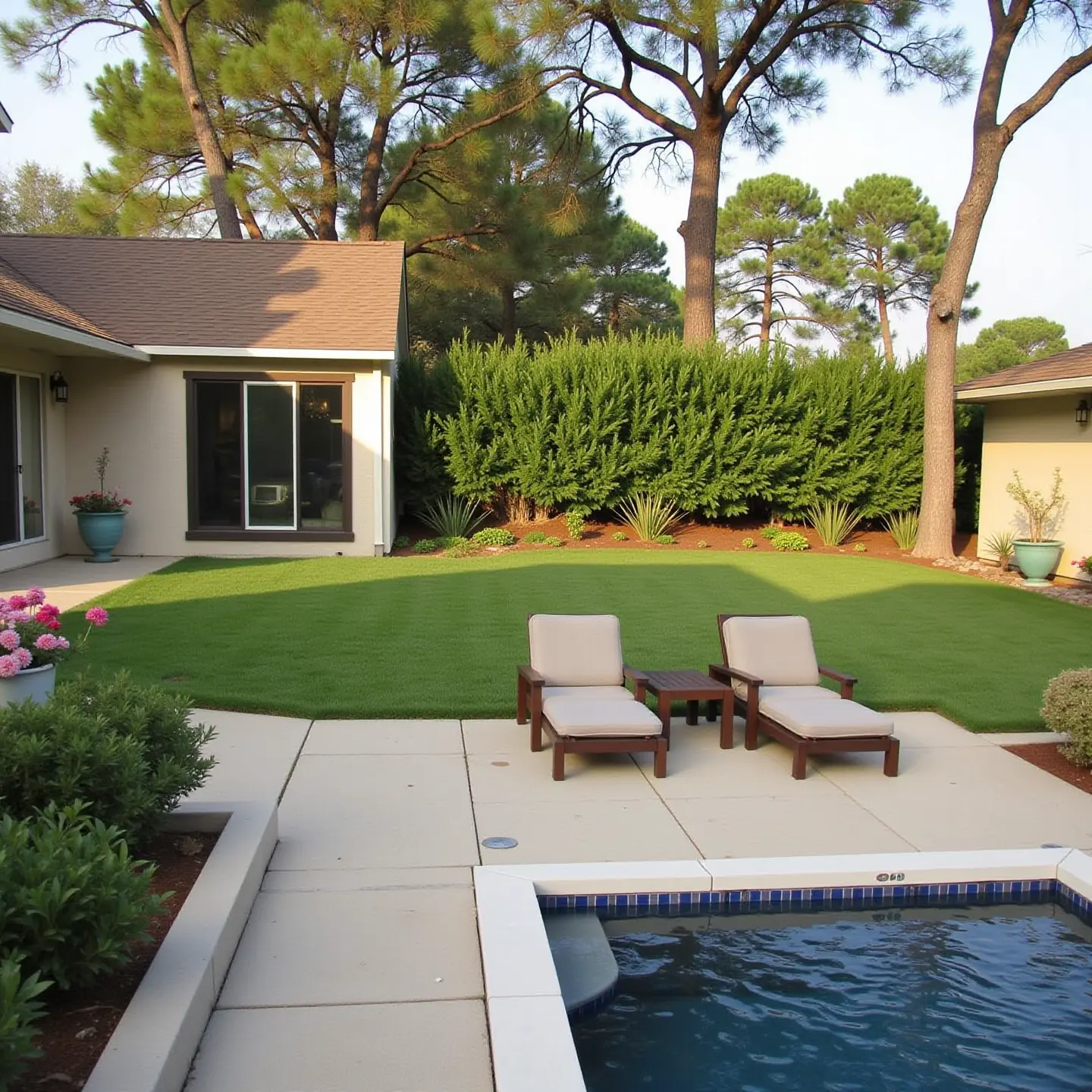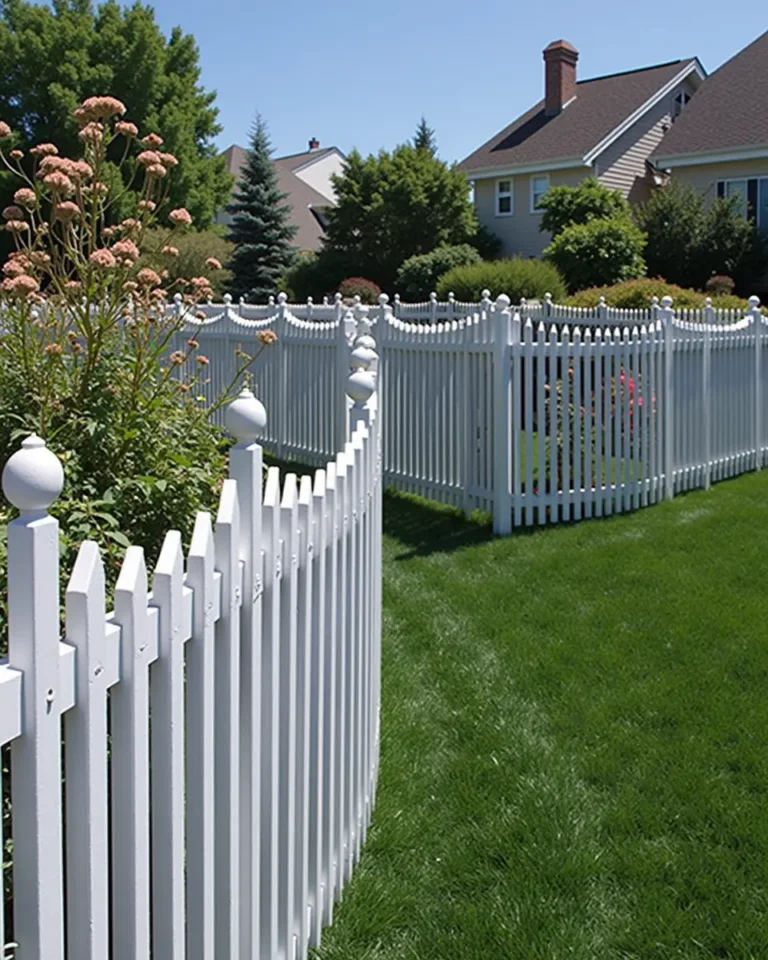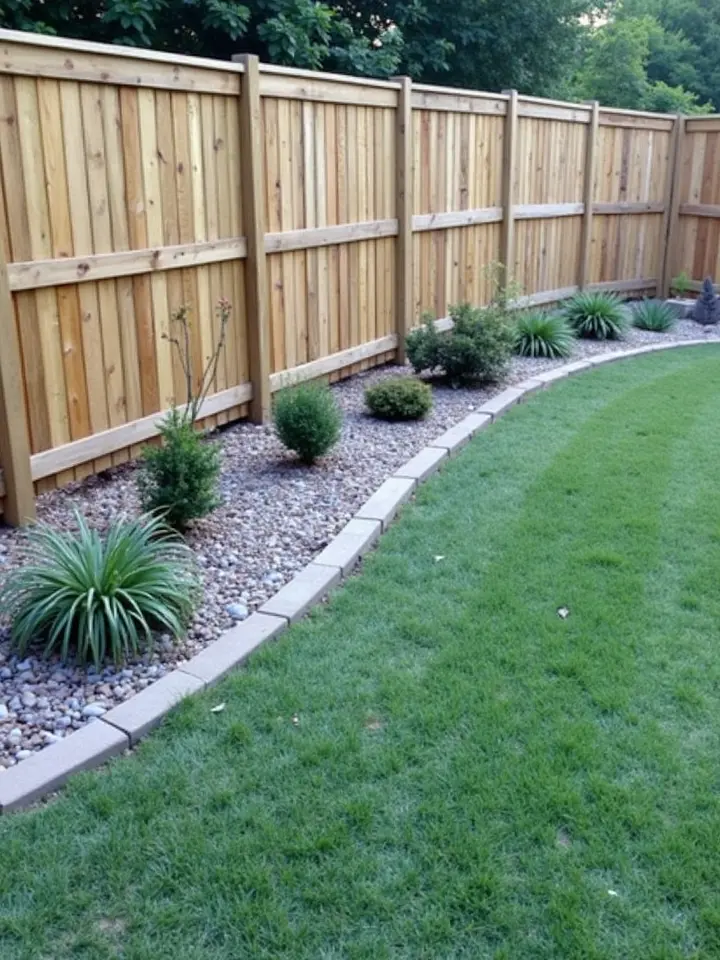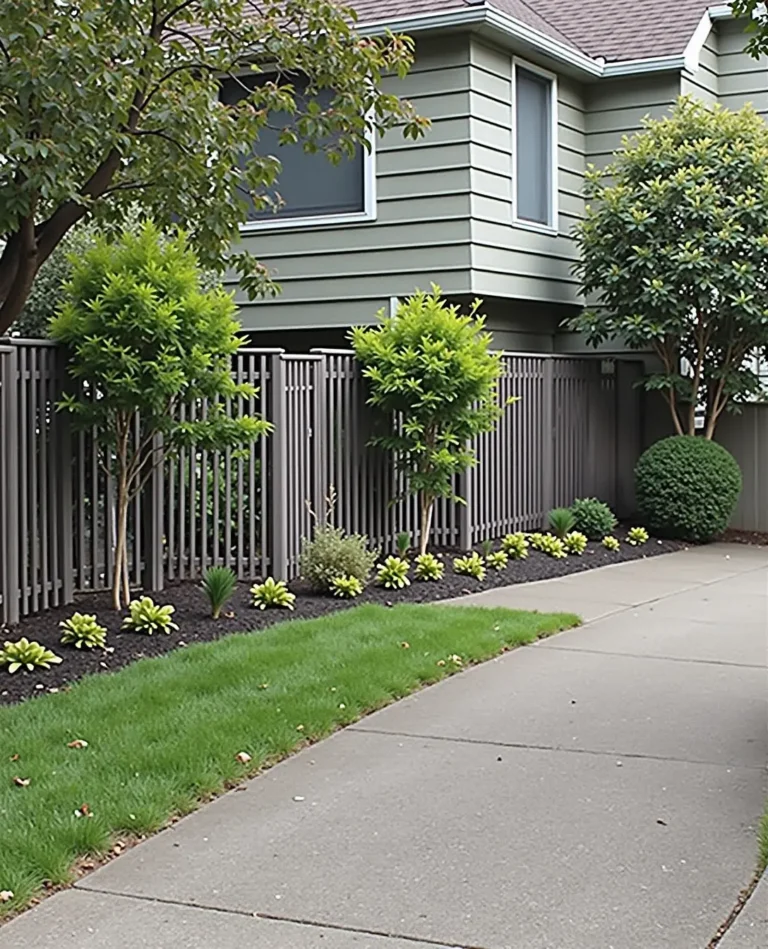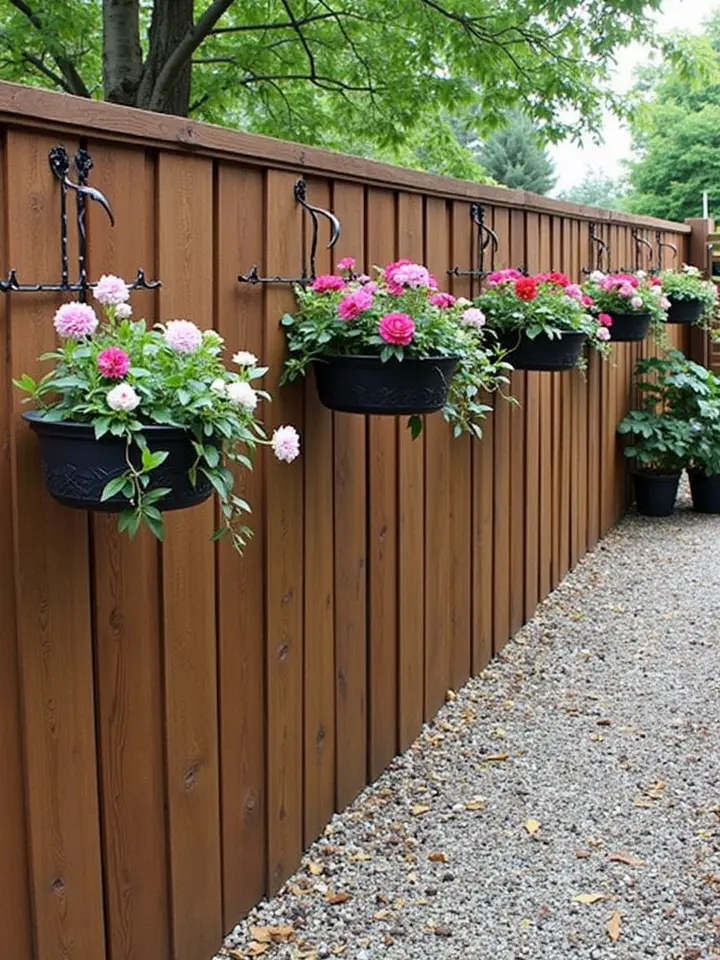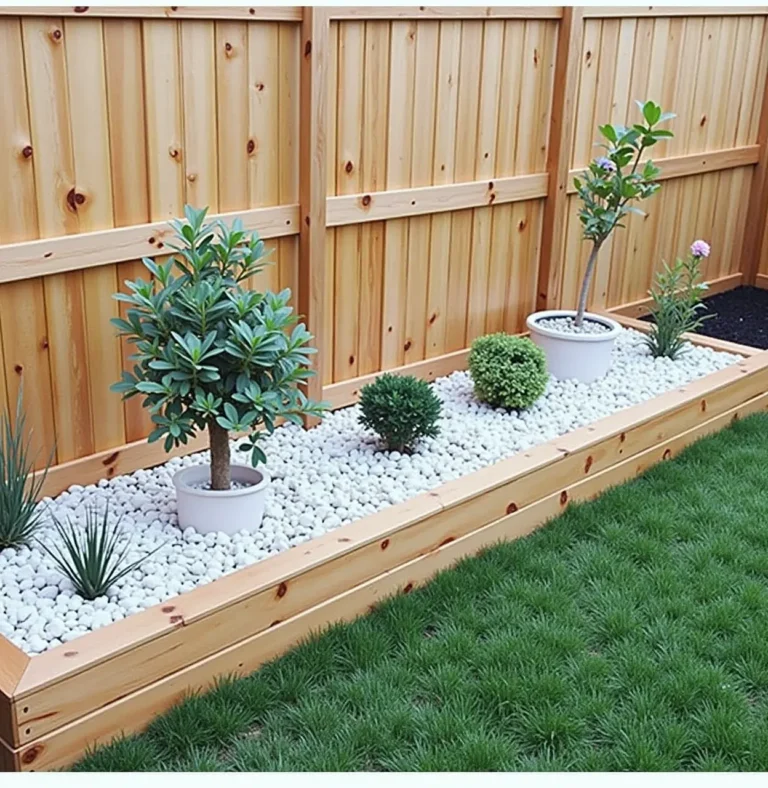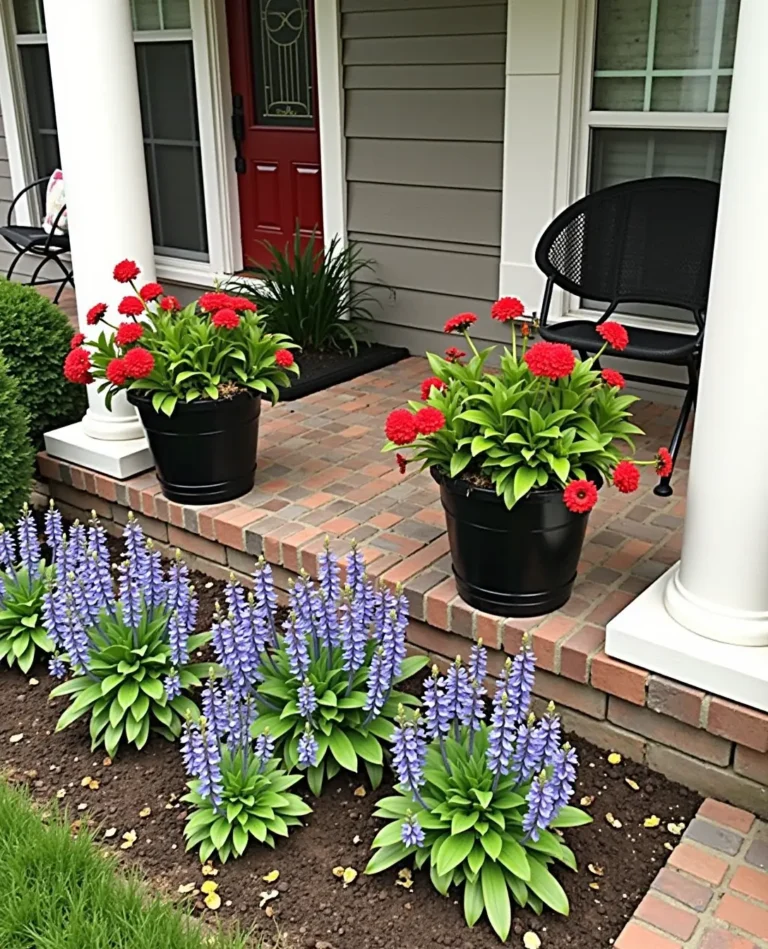7 Essential Tips for Arranging Container Plants
Transform Your Space: How to Arrange Plants in Containers – 7 Design Tips
Are you ready to breathe life into your home or garden with beautiful plant arrangements? Imagine walking into a room filled with vibrant greens and colorful blooms, or stepping onto your patio adorned with delightful plant combinations. The good news is that you don’t need a green thumb to create stunning displays! In this article, we’ll explore 7 design tips for arranging plants in containers that will transform any space into an inviting oasis.
1. Choose the Right Containers
The first step in your plant arrangement journey is selecting the perfect containers. Think beyond traditional clay pots. Consider using ceramic, metal, wood, or even repurposed items like baskets or old teapots. Ensure that your chosen containers have drainage holes to prevent oversaturation. Remember, style and functionality go hand in hand!
2. Get the Right Plant Pairings
Not all plants are meant to live together. Understanding plant compatibility is key. Pair sun-loving plants with others that thrive in the same conditions. Consider the height, color, and texture of your plants. A well-thought-out combination enhances visual interest. For example, mix tall, spiky plants like Dracaena with trailing vines like String of Hearts for a stunning contrast.
3. Think of the Thrill, Fill, and Spill Technique
This popular planting technique involves three layers for visual depth:
- Thrill: The tallest plant goes in the center to create height, like a Fiddle Leaf Fig.
- Fill: Surround your thrill plant with medium-sized plants that add fullness, such as Petunias.
- Spill: Finally, drape trailing plants over the edges for a cascading effect, like Trailing Rosemary.
4. Layering for Depth
Creating depth in your arrangements can make a flat container come alive. Use the tallest plants at the back (or center, if the arrangement is viewed from all sides) and gradually layer down to shorter plants at the front. This not only adds visual interest but also showcases each plant’s unique beauty.
5. Consider Seasonal Color
Plants can provide a dynamic palette that changes with the seasons. Think about how the colors will look throughout the year. Mixing evergreens with seasonal blooms can give you year-round appeal. Choose reds, oranges, and yellows for fall, and pastel shades for spring to keep your arrangements fresh and engaging!
6. Pay Attention to Texture
Don’t forget about texture when arranging plants! Combine plants with different leaf shapes and textures to create a more interesting composition. For instance, pairing the smooth, large leaves of a Calathea with the feathery foliage of Fern adds depth and character to your container garden.
7. Regular Maintenance
Lastly, remember that a well-maintained container garden is always more visually appealing. Regularly check for dead leaves, ensure your plants remain hydrated, and fertilize periodically. A little bit of care goes a long way in ensuring your arrangements thrive and look fabulous.
Conclusion
Arranging plants in containers can be both an art and a science. With these seven design tips, you’re well-equipped to create beautiful plant displays that will bring joy to your space and impress your guests. So, gather your supplies, unleash your creativity, and begin your journey into the captivating world of container gardening!
FAQs About Arranging Plants in Containers
What type of soil should I use for container plants?
It’s best to use a high-quality potting mix that allows for proper drainage. Avoid garden soil, as it can compact and prevent root growth.
Can all plants be grown in containers?
Most plants can be grown in containers, but consider their size and space needs. Larger plants may need bigger or more stable containers.
How often should I water my container plants?
Watering frequency depends on the type of plants and climate. Check the top inch of the soil; if it feels dry, it’s time to water.
Do I need to fertilize container plants?
Yes, container plants generally require fertilization since nutrients can leach out with regular watering. Use a balanced fertilizer during the growing season.
Can I grow herbs in containers?
Definitely! Many herbs thrive in containers. Just ensure they have adequate sunlight and good drainage.
How do I ensure my container plants get enough sunlight?
Observe the sunlight patterns in your space and place your containers accordingly. Rotate the pots regularly for even sunlight exposure.
“
